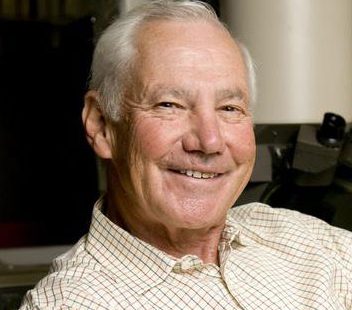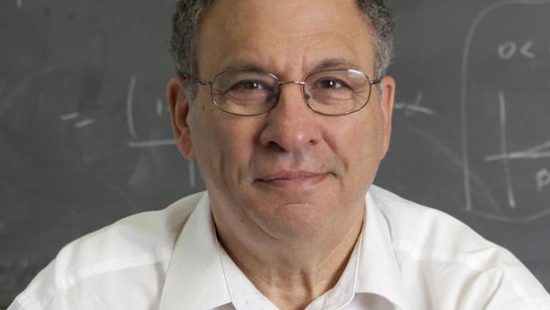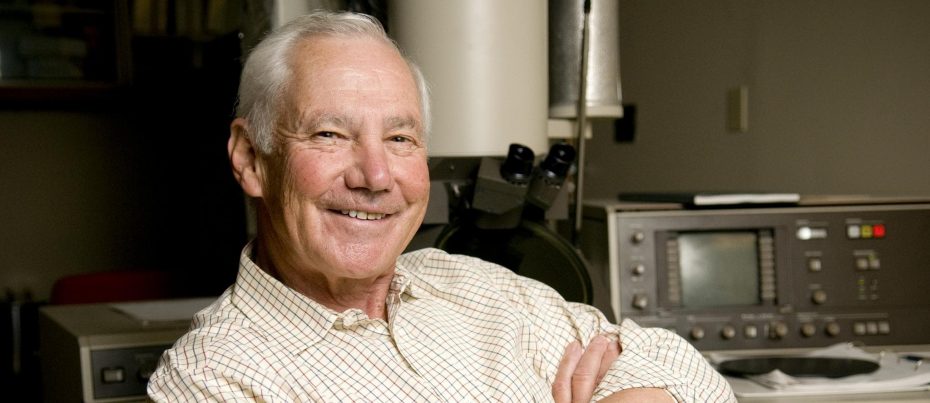The 1926 book “Microbe Hunters” chronicles the monumental discoveries of people like Louis Pasteur, inventor of pasteurization, and Walter Reed, whose experiments proved that yellow fever is spread through mosquito bites.
“Microbe hunting is a story of amazing stupidities, fine intuitions, insane paradoxes,” writes author Paul de Kruif.
After reading the book in high school, Earl W. Sutherland Jr. set out to join this class of famous researchers.
Sutherland attended medical school at Washington University in St. Louis. Paying his own way after the Great Depression wiped out his family’s savings.
In 1956, he – with the help of T.W. Rall – discovered cyclic AMP, a milestone that debunked the prevailing theory of hormones as the sole regulatory substance in living organisms.
While glands secrete hormones in response to various stimuli, the reactions that follow are triggered by cyclic AMP in cells.
The discovery prompted new research on cancer, diabetes and other conditions.







